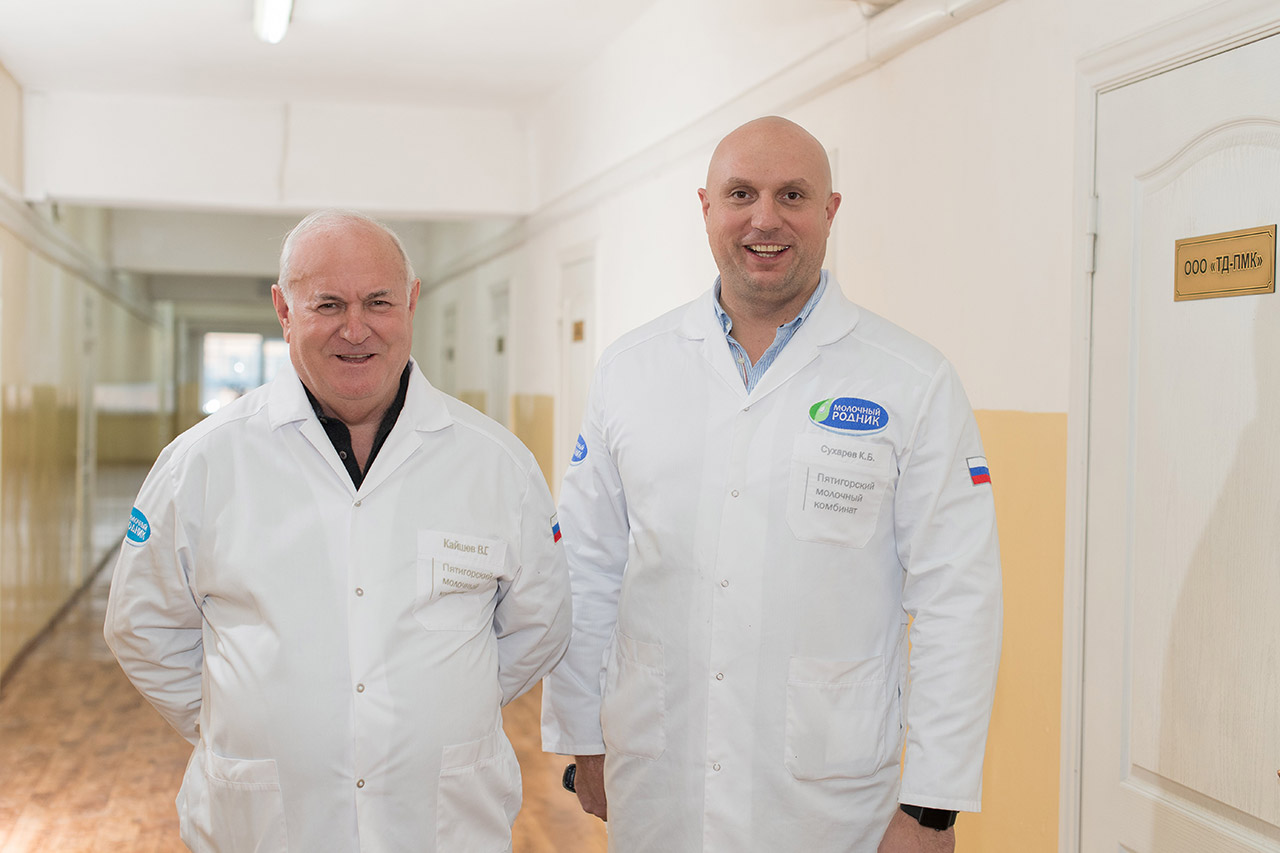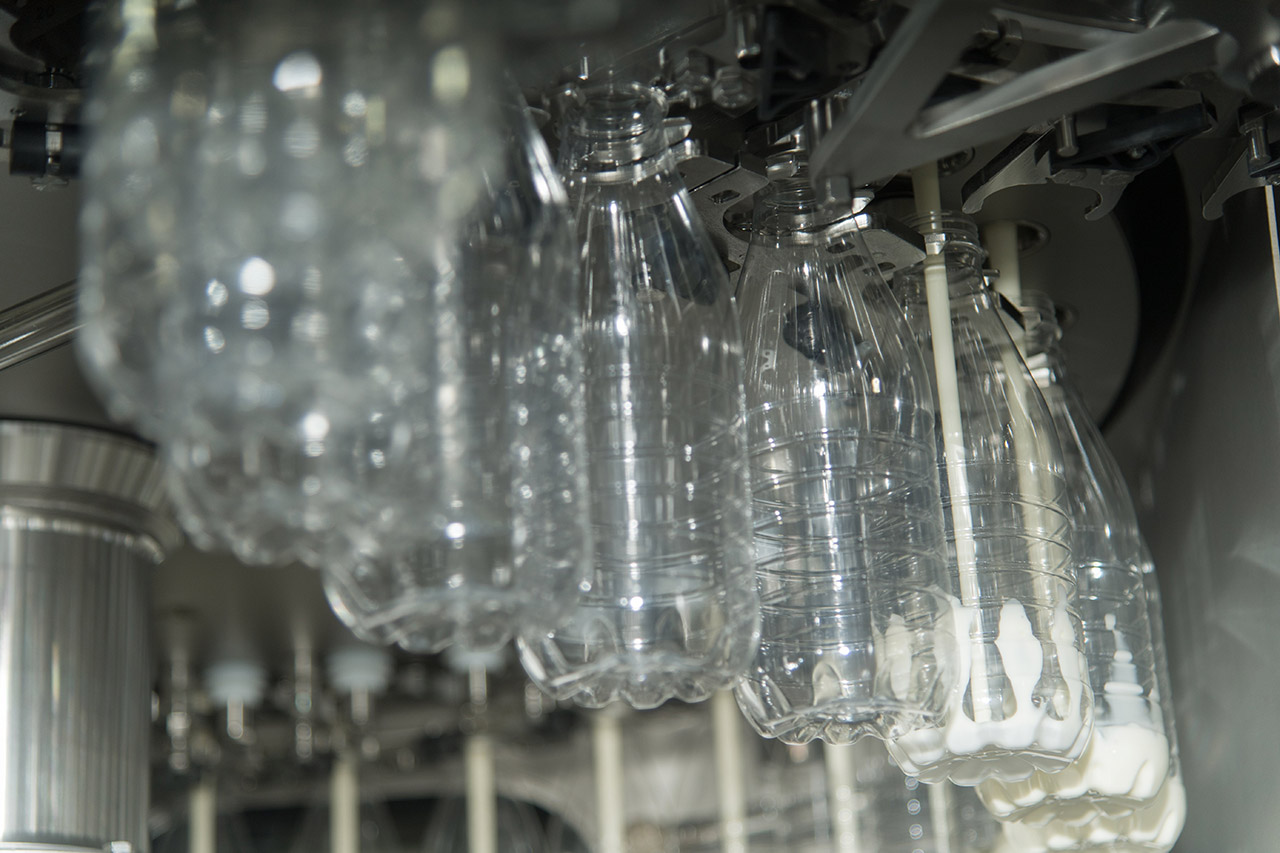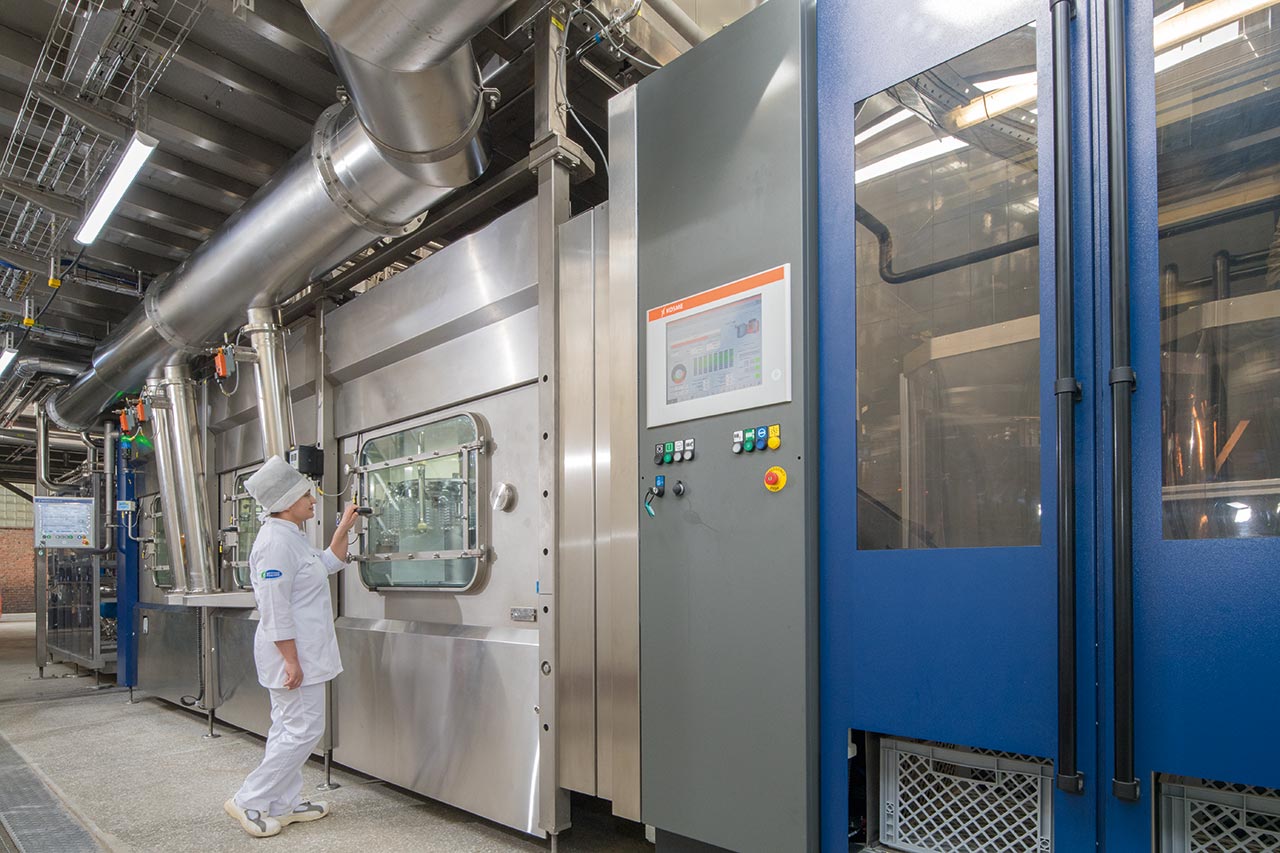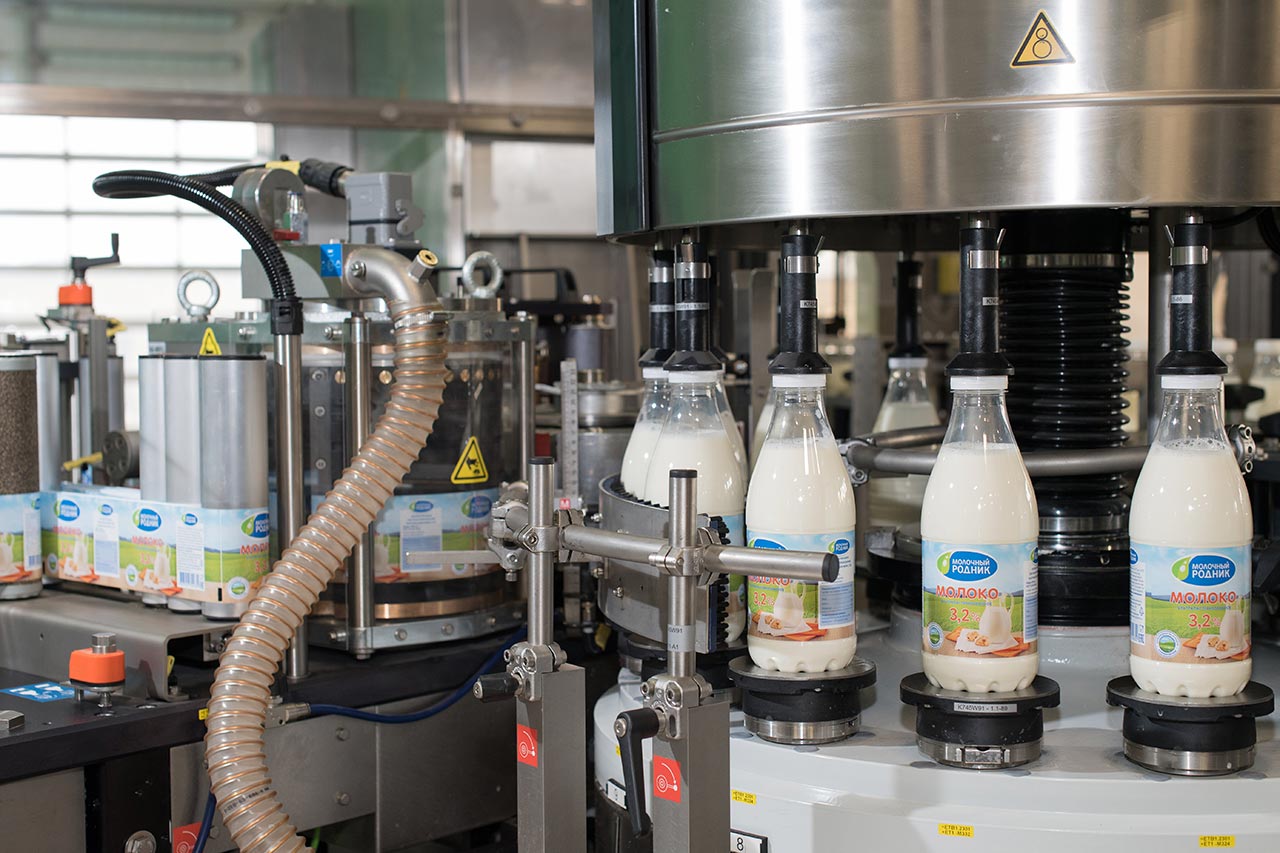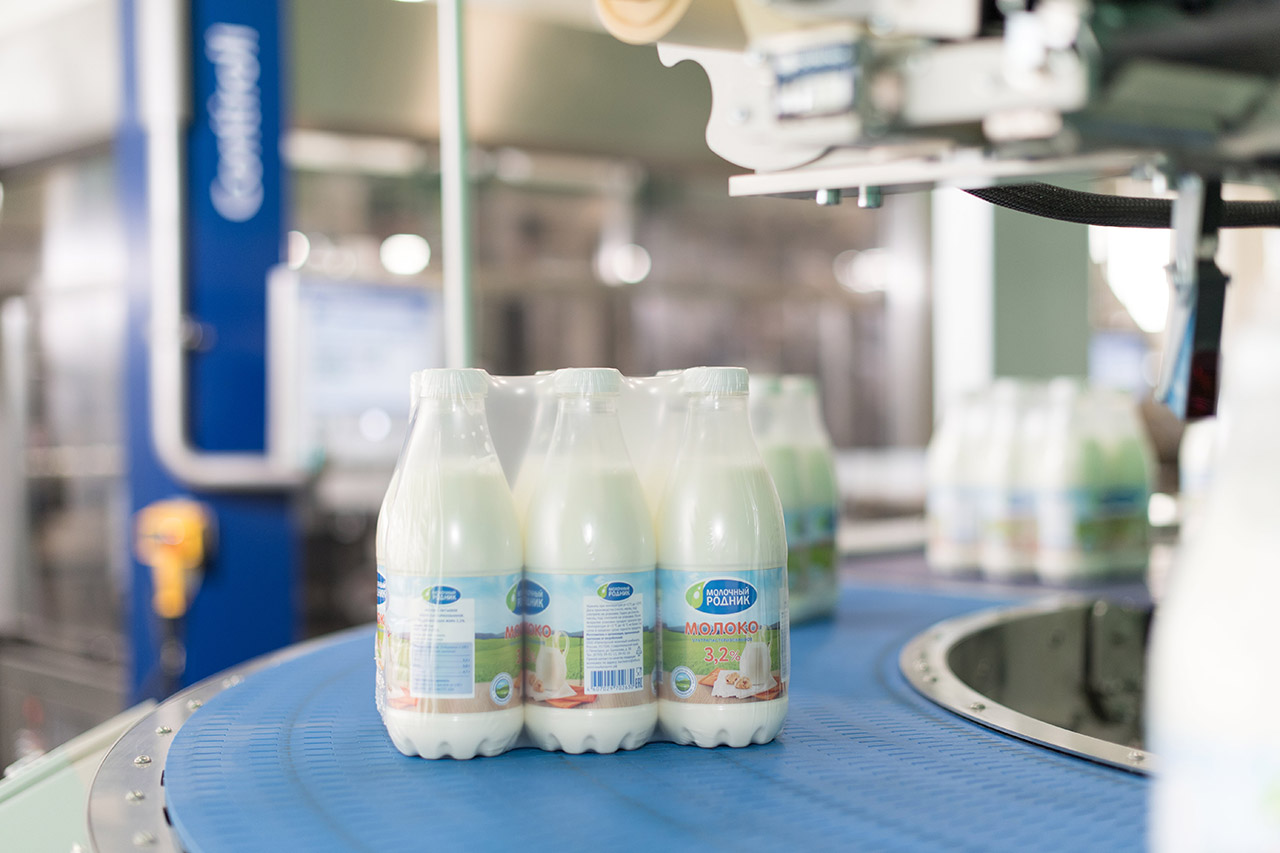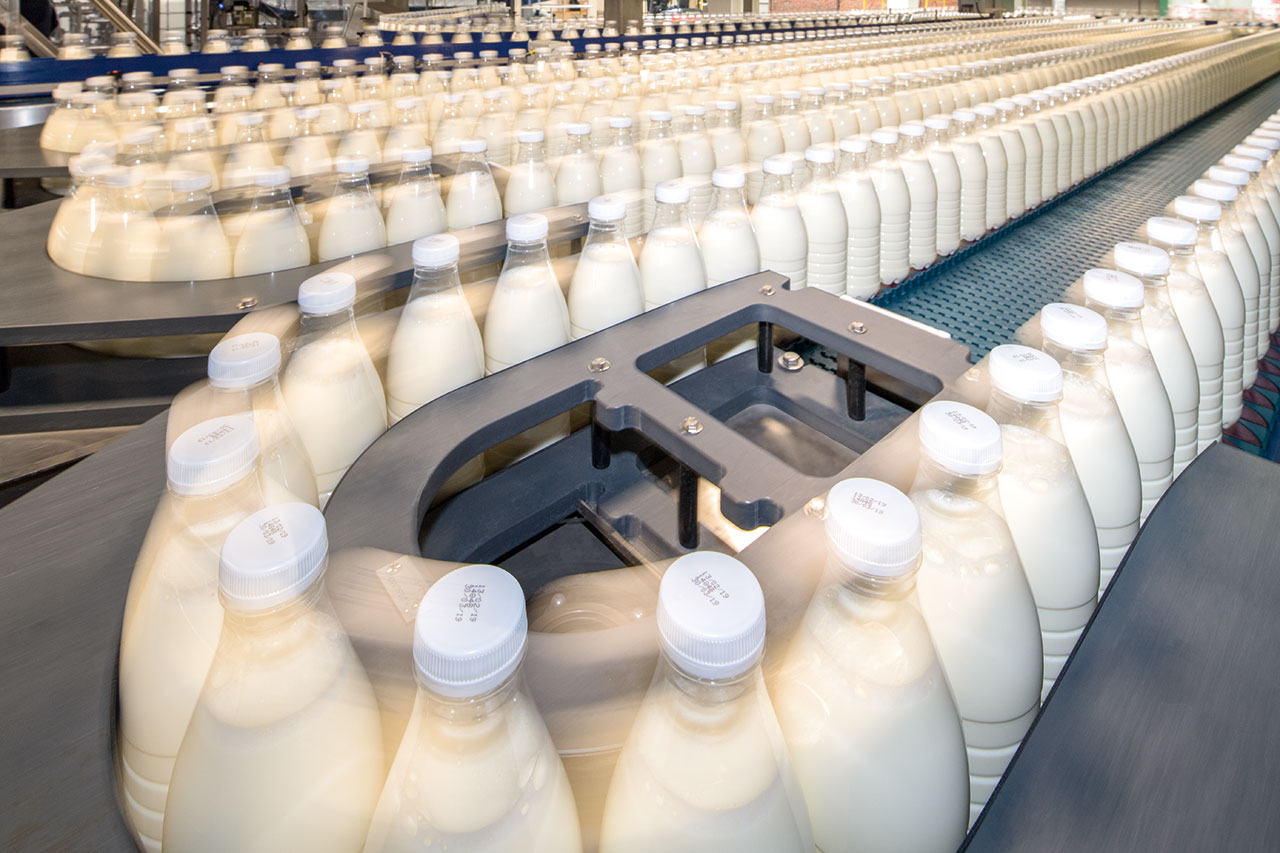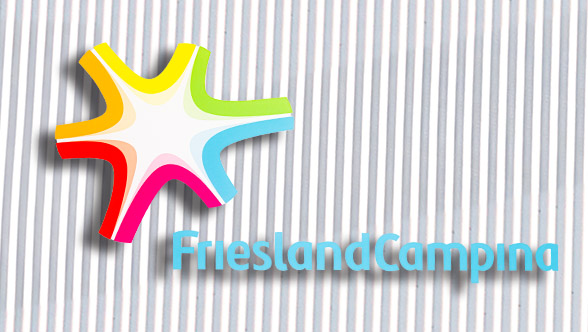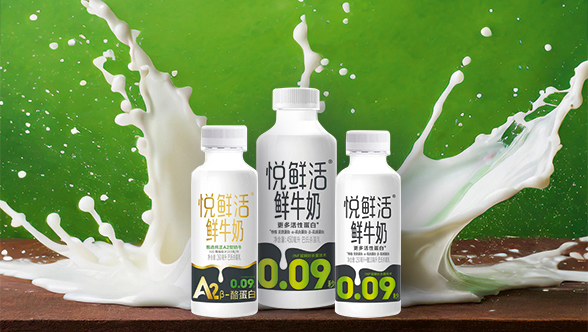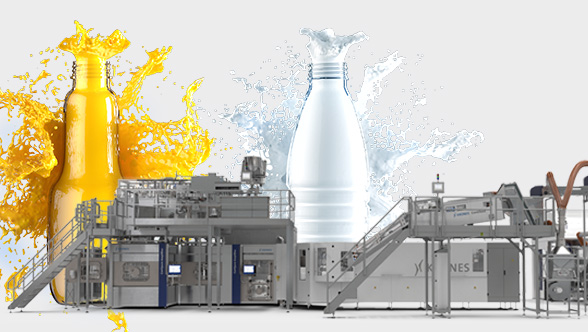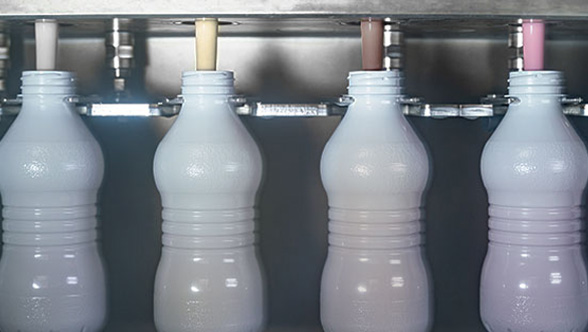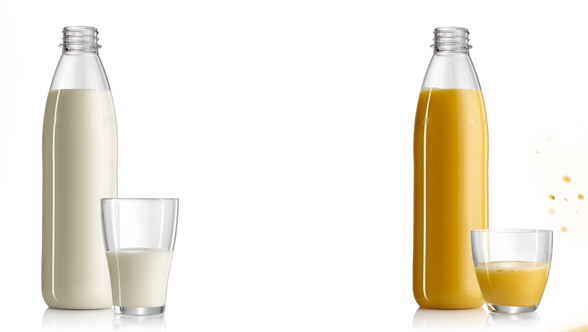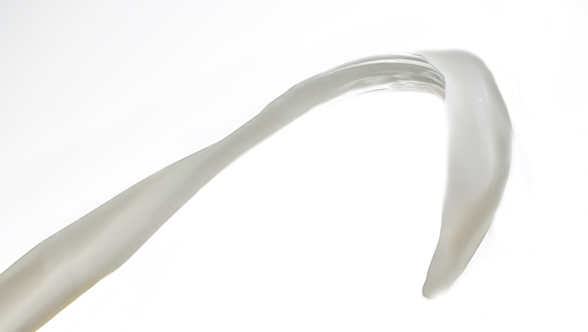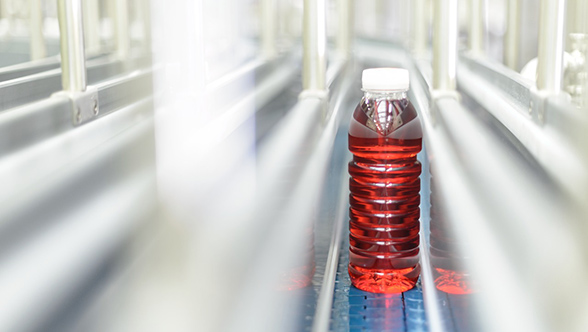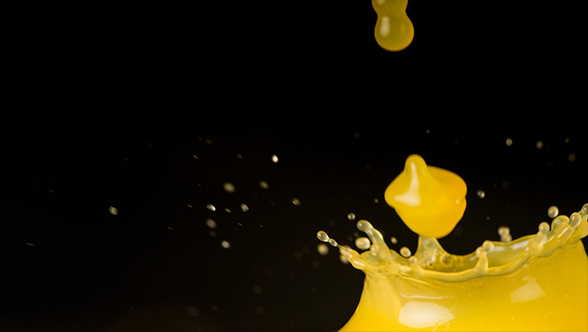UHT milk remains Pyatigorskiy Dairy’s main product. “Demand on the Russian market is growing year by year,” says the dairy’s president Konstantin Sukharev. Retailers prefer UHT milk because of its longer shelf life. Besides that consumers prefer it because their buying habits have changed: They want to spend less time on shopping, so they buy larger quantities to have on hand – which means the products have to keep longer. In southern Russia, summertime temperatures can rise above 40 degrees Celsius (104 degrees Fahrenheit). It would be complicated to keep larger quantities of fresh milk in the cold chain. And then there’s the fact that UHT is the only way to go for transporting milk to other parts of the vast country.
“At the same time, PET bottles are becoming increasingly popular as a packaging material for milk,” explains Konstantin Sukharev. “So far, though, they have only been used for fresh milk. Now we have combined PET packaging and UHT milk – and for that we chose a Krones aseptic line.” PET has several things going for it as a packaging material:
- Consumers find PET bottles visually appealing and easy to use.
- Bottling and packaging in PET can cost half as much as packaging in cartons.
- A PET filling line is far more flexible than a carton packaging line since switching to different container sizes and shapes entails less effort and cost. And that enables producers to respond flexibly to market demands.
- Carton packaging, on the other hand, is more susceptible to damage during transport – up to 1.5 percent of carton packaging is compromised in the delivery process.

